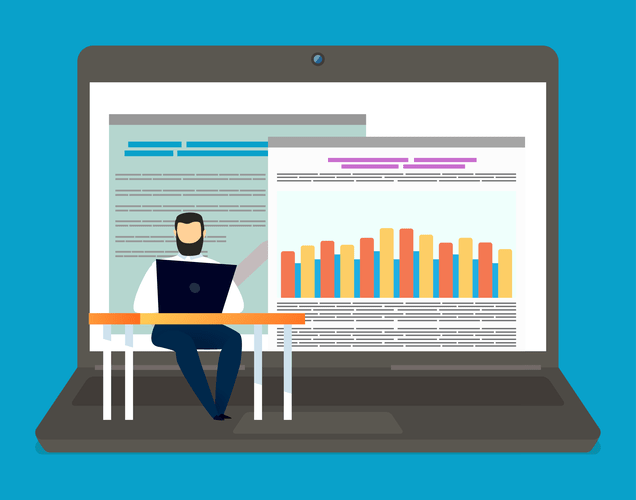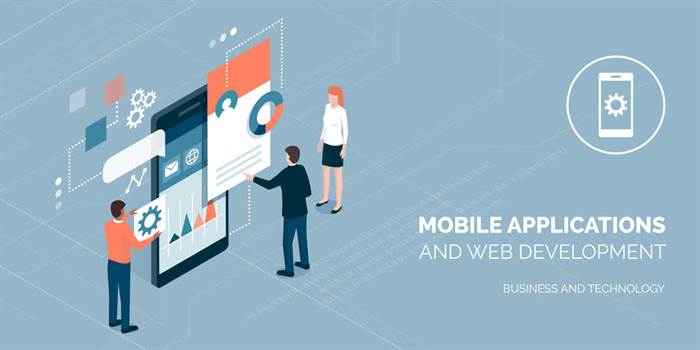Content
We have put together a list of the top IoT use cases across industries for your perusal as well. There are plans to blanket Spain’s Balearic Islands with half a million sensors and turn it into a lab for IoT projects, for example. One scheme could involve the regional social-services department using the sensors to help the elderly, while another could identify if a beach has become too crowded and offer alternatives to swimmers. In another example, AT&T is launching a service to monitor infrastructure such as bridges, roadways, and railways with LTE-enabled sensors to monitor structural changes such as cracks and tilts. IDC said the amount of data created by IoT devices will grow rapidly in the next few years. Most of the data is being generated by video surveillance, it said, but other industrial and medical uses will generate more data over time.
- Giving any of these objects and devices Internet connectivity, especially where none was utilized before, will help improve efficiency in operating in any of the sectors mentioned.
- It can also adjust itself to ensure appropriate pressure and support are applied to the patient without the manual interaction of nurses.
- It smartly zones your home on a room-by-room level and provides wireless control with your smartphone and auto-balancing.
- The Rove R2-4K Dash Cam is a car dashboard camera recorder that can capture ultra-high-definition videos while you are driving.
- Essentially, the manufacturer’s relationship with the car ended once it was sent to the dealer.
- The number of IoT devices increased 31% year-over-year to 8.4 billion in the year 2017 and it is estimated that there will be 30 billion devices by 2020.
However, there is a shift in research to integrate the concepts of the IoT and autonomous control, with initial outcomes towards this direction considering objects as the driving force for autonomous IoT. A promising approach in this context is deep reinforcement learning where most of IoT systems provide a dynamic and interactive environment. Training an agent (i.e., IoT device) to behave smartly in such an environment cannot be addressed by conventional machine learning algorithms such as supervised learning. By reinforcement learning approach, a learning agent can sense the environment’s state (e.g., sensing home temperature), perform actions (e.g., turn HVAC on or off) and learn through the maximizing accumulated rewards it receives in long term.
5.4 Connectivity
IoT devices include computer devices, software, wireless sensors, and actuators. These IoT devices are connected over the internet and enabling the data transfer among objects or people automatically without human intervention. Internet of Things Devices is non-standard devices that connect wirelessly to a network with each other and able to transfer the data. IoT devices are enlarging the internet connectivity beyond standard devices such as smartphones, laptops, tablets, and desktops. Embedding these devices with technology enable us to communicate and interact over the networks and they can be remotely monitored and controlled. General Safety Across All IndustriesIn addition to tracking physical assets, IoT can be used to improve worker safety.
These sensors are collecting in many cases extremely sensitive data — what you say and do in your own home, for example. Keeping that secure is vital to consumer trust, but so far the IoT’s security track record has been extremely poor. Too many IoT devices give little thought to the basics of security, like encrypting data in transit and at rest.
What security risks do IoT devices pose?
As of 2021, there were 21.7 billion active connected devices in the world today, out of which more than 11.7 billion are IoT devices. This means that there are more IoT devices in the world than there are non-IoT devices. Hackers aren’t the only threat to the internet of things; privacy is another major concern for IoT users. For instance, companies that make and distribute consumer IoT devices could use those devices to obtain and sell users’ personal data.

These networks share data among sensor nodes that are sent to a distributed system for the analytics of the sensory data. One of the main factors that hindering people from adopting and use Internet of things based products and services is its complexity. Installation and setup is a challenge to people, therefore, there is a need for IoT devices to mix match and configure themselves automatically to provide different services at different situation. Conventional IoT is connected via a mesh network and led by a major head node . In contrast, decentralized IoT attempts to divide IoT systems into smaller divisions.
Internet of Things devices: what are they?
But such action violates the United States DMCA section 1201, which only has an exemption for “local use”. This forces tinkerers who want to keep using their own equipment into a legal grey area. EFF thinks buyers should refuse electronics and software that prioritize the manufacturer’s wishes above their own. In response to rising concerns about privacy and smart technology, in 2007 the British Government stated it would follow formal Privacy by Design principles when implementing their smart metering program. The program would lead to replacement of traditional power meters with smart power meters, which could track and manage energy usage more accurately. However the British Computer Society is doubtful these principles were ever actually implemented.
Moreover, Using the Galaxy Find Network, you can even detect offline SmartTags. Never lose any backpack, keychain, IoT devices, wallet, purse, glasses, TV remote, and more when you bring home SmartTags from SAMSUNG. Also, these SmartTags are pet-friendly so https://globalcloudteam.com/ that you can attach one to their collar and stay worry-free when they are roaming outside. You can locate SmartTag-attached things from a distance of up to 130 yards. Echo Dot is a compact smart speaker with a sleek design that easily fits most interiors.
Unlimited Possibilities with IoT
IoT defines a device with an identity like a citizen in a community and connect them to the internet to provide services to its users. SIoT defines a social network for IoT devices only to interact with each other for different goals that to serve human. Social Internet of things is a new kind of IoT that focuses the importance of social interaction and relationship between IoT devices.

Within the EU and Germany, data protection is constantly referenced throughout manufacturing and digital policy particularly that of I4.0. However, the attitude towards data security differs from the enterprise perspective whereas there is an emphasis on less data protection in the form of GDPR as the data being collected from IoT devices in the manufacturing sector does not display personal details. Yet, research has indicated that manufacturing experts are concerned about “data security for protecting machine technology from international competitors with the ever-greater push for interconnectivity”. Some scholars and activists argue that the IoT can be used to create new models of civic engagement if device networks can be open to user control and inter-operable platforms. Philip N. Howard, a professor and author, writes that political life in both democracies and authoritarian regimes will be shaped by the way the IoT will be used for civic engagement.
Internet of Things (IoT)
For example, integrating cloud to IoT can enable the cloud to give birth to a new paradigm called “Things as a Service” dealing with various real-life scenarios. By integrating cloud computing with IoT, healthcare services can be significantly improved and can lead to numerous opportunities for the medical field. Increased iot platform competitiveness, growing demand, quality adherence, reduced time to market, and the rising cost of developing new drugs have increased stress on pharma companies. IoT analytics has the inherent capacity to change the whole process of pharma from research and development through manufacturing to distribution.

